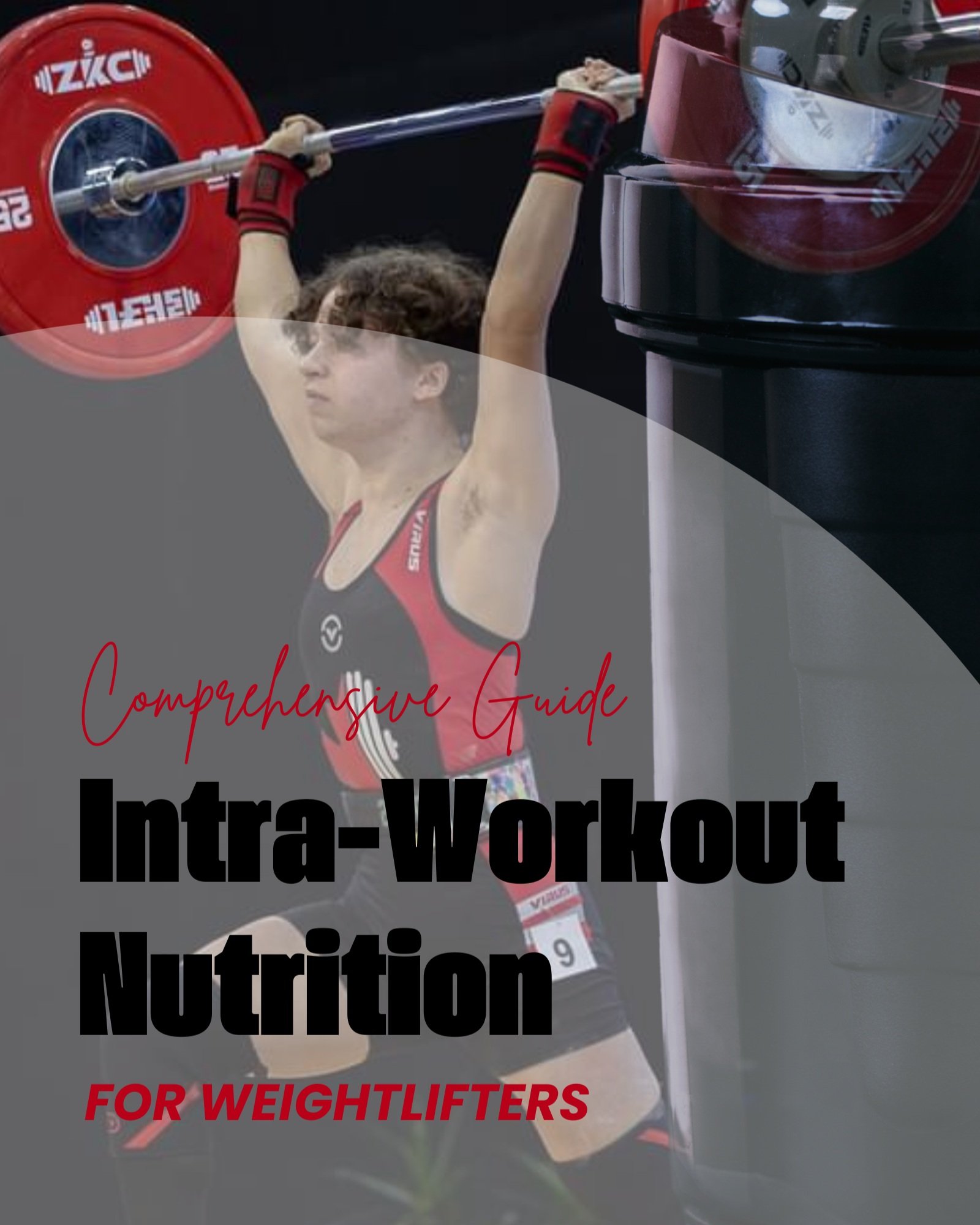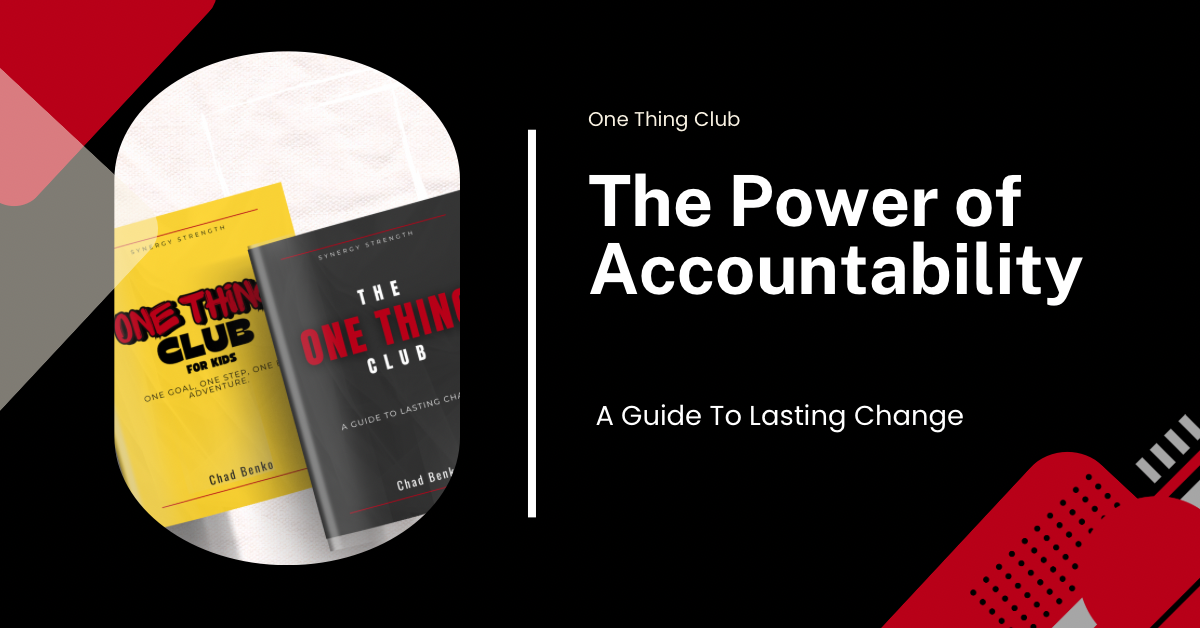
Comprehensive Guide to Intra-Workout Nutrition for the Wightlifter
Intra-workout nutrition refers to the strategic intake of nutrients during a training session to optimize performance, delay fatigue, enhance recovery, and improve overall results. For weightlifters, whose sport demands explosive power, technical precision, and sustained focus, fueling the body appropriately during training is paramount.
The benefits of proper intra-workout nutrition include:
Enhanced Performance: Maintaining energy levels and delaying the onset of fatigue.
Improved Recovery: Reducing muscle breakdown and accelerating glycogen replenishment.
Better Hydration: Supporting muscle contractions and thermoregulation.
Mental Clarity: Preventing dips in focus and decision-making.

The Power of Accountability in Achieving Goals and Building New Habits
When it comes to achieving a goal or implementing a new habit, the road to success is often fraught with challenges. Life gets busy, motivation wanes, and setbacks are inevitable. This is where the magic of accountability comes into play. Accountability isn’t just a buzzword; it’s a powerful tool that can bridge the gap between setting a goal and actually achieving it. At Synergy Strength, we’ve embraced this concept through our One Thing Club, a program designed to help participants focus on building a single new habit or achieving one significant goal over 66 days—the scientifically backed timeframe for habit formation. Central to the program is the use of accountability partnerships, a key factor in turning intentions into reality.

Water Loading For Weightlifters
The Complete Guide to Water Loading for the Weightlifitng Athlete


Max Effort Training Methods for Olympic Weightlifting
Max effort training is a method focused on developing absolute strength by lifting at or near maximal loads—typically 90-100% of an athlete's one-rep max (1RM). In my programming methods I do allow all loads above 85% to be classified as Maximal Effort, this is debatable, but to simplify our methods, this is an easier way to classify lift percentages. Dynamic effort work remains between 65-85% and maximal effort work is 85%+ of an athletes 1RM. The primary objective of maximal effort training is to improve the ability to generate maximal force and intra and intermuscular coordination, which is fundamental to successful performance in Olympic weightlifting, particularly in heavy lifts like the snatch and clean and jerk.

Dynamic Effort Training for Olympic Weightlifting
Dynamic effort training is designed to develop speed and explosive power by lifting submaximal weights—typically between 60-85% of an athlete's one-rep max—with maximal speed and acceleration. The key objective is to prioritize the velocity of the movement rather than the load, enhancing the athlete’s ability to generate force rapidly, which is a critical component of Olympic weightlifting performance.

Max Effort & Competition Weightlifting Warm-up Guide
A proper warm-up is essential for optimizing performance during max effort training. In this discussion, we will explore typical routines and practices designed to maximize outcomes in max effort and competition training for weightlifting.

Assessing Athlete Preparedness for Competition
The objective of this article is to propose a method for evaluating athlete preparedness for competition and to provide coaches with insights into the predicted maximal efforts an athlete can achieve based on maximum effort training and weightlifting ratios leading into a competition. The model discussed here is not novel; it is grounded in the work of Laputin and Oleshko, whose research from decades ago continues to inform our understanding.
